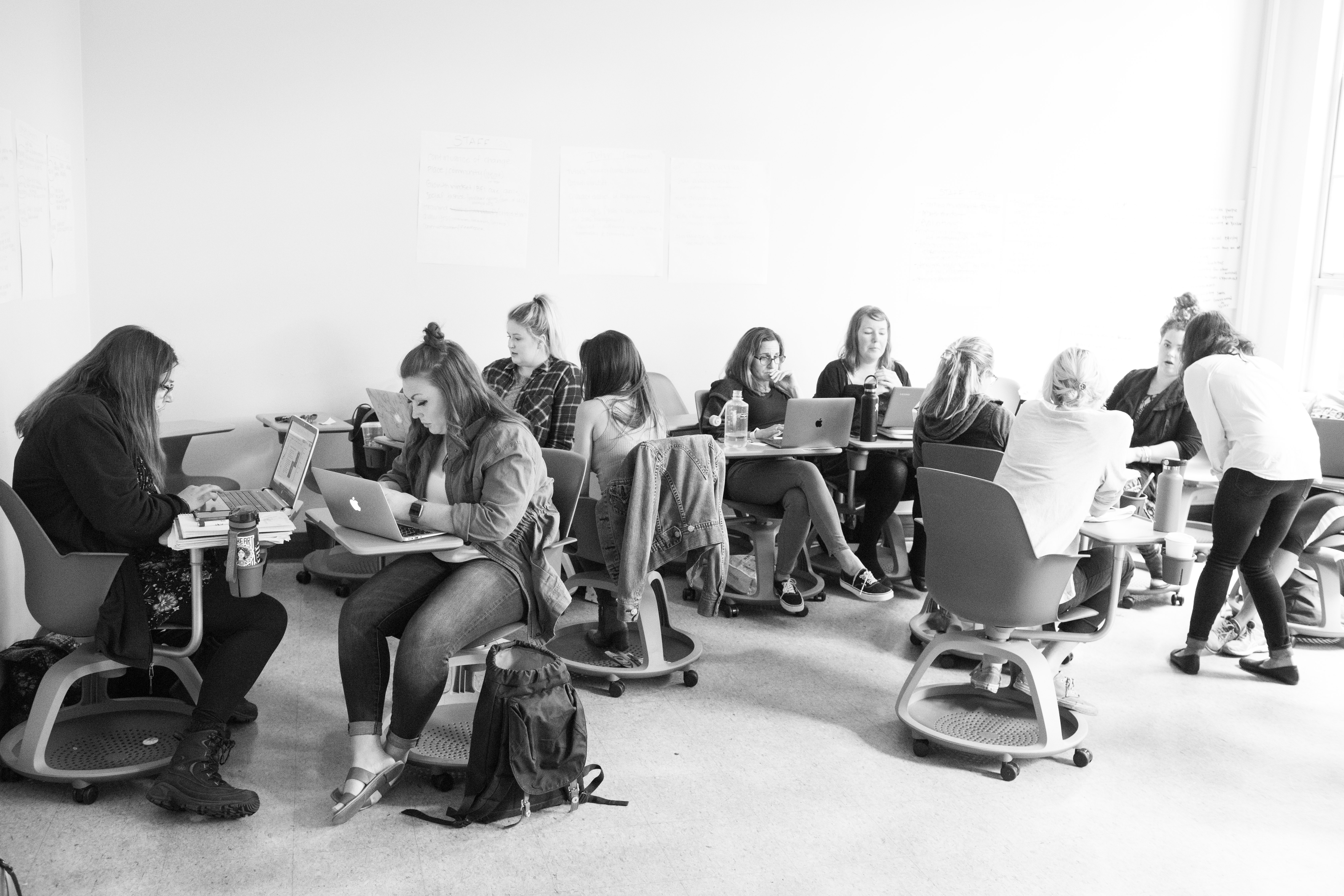I don’t know how others are feeling, but my second year of the Seattle University MSW program is feeling so much different from my first. I remember having a clueless feeling when I started the program and scouring the website to soak up as much information as I could. Even with all that research, I still wasn’t totally sure what to expect when it came to day-to-day schedule. So here is a look into what my schedule has looked like during my last year of graduate school.
During my fall quarter I get to start the week with a totally free Monday; my Mondays are free from any classes or practicum. Usually this is when I am able to schedule a meeting with my boss for my paid job, get some work done, and fulfill any other responsibilities like appointments, grocery shopping, etc. Sadly, in my winter quarter I won’t get the luxury of a completely free weekday because we have to take one extra class that quarter.
From Tuesday to Thursday my schedule is completely packed from 8:00am to 5:00pm because those are my practicum hours. I am currently working as a Behavioral Health Specialist with Swedish Primary Behavioral Health in their OBGYN and Midwifery Clinic. This means I do a lot of brief interventions as our practice model calls for 30-minute maximum visits. Luckily, I am completely virtual, so I have a very small 5-step commute to my home office.
Fridays are long days as well because I have classes in-person all day. My commute to campus is longer than many of my peers, with about a half hour drive there and another half hour drive home— which means I usually have to leave home at about 8:30am and don’t get home until about 5:45. I live in Mountlake Terrace, Washington because it is a little cheaper than living in the city of Seattle. The public transportation in the Seattle area can be tricky to navigate, especially if you live in a surrounding suburb. The light rail is often a great tool to get around the city, but it does not extend up to my area (yet). If you do live in an area with light rail access that is probably the best way to commute to and from school as it’s probably faster than sitting in Seattle traffic.
I am taking two classes that are about 3 hours each with a 2-hour lunch break between them. Since my cohort is larger, the program has divided us into two tracks where we are taking the same classes but with different professors. This two-track system allows us to keep the small class sizes that initially drew me in to the MSW program. Thus, our classes welcome about 15 students each. Sadly, since we are on different tracks, we don’t get to see the other half of our cohort much, if at all. On the other hand, you may be able to create closer relationships with those that are in your classes— I know I have. The two-hour break between classes gives you so much time to gather a group from class to get lunch and hangout.
Overall, your second year in the program may feel a bit busier with that extra day of practicum, but I’m positive it will be worth it in the end. I hope this gave you a better understanding of what your second year in the Seattle University MSW program may look like!

